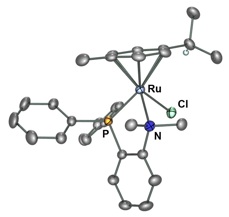Lindsay Hounjet


What you should know
Name:
Lindsay James Hounjet
e–mail:
Goes by:
The Hounje
Status:
PhD Candidate
Bachelor’s Degree:
BSc Honours Chemistry
University of Saskatchewan
Hails from:
Saskatoon, Saskatchewan
Often heard saying:
“...That’s what she said.”
Lab SounDtrack Tune O’ Choice:
“Holy Diver” – Ronnie James Dio
Cheers for:
Don’t care
Recent Publication:
– Hounjet, L.J.; Bierenstiel, M.; Ferguson, M.J.; McDonald, R.; Cowie, M. Dalton Trans., 2009, 4213–4226.
(hemilabile-Dalton09.pdf)
THe Rest of the Group
All About Me
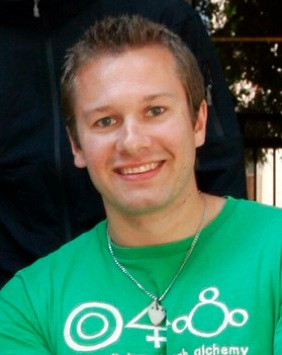
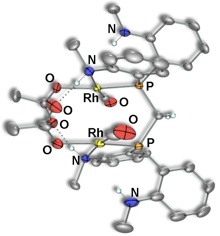
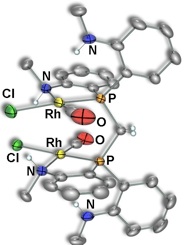
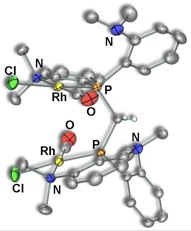
3.22 Å
3.45 Å
4.22 Å
Figure 1 – Rh- - -Rh Distance
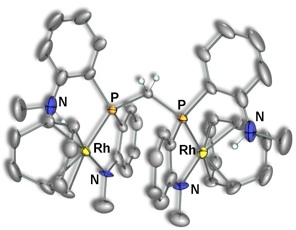
Figure 2
Figure 3
More recently, a dicationic binuclear complex of rhodium has been prepared which has been shown to act as a useful hydroformylation catalyst (Figure 2) and a bis(amidorhodium) species, a potentially useful hydrogenation catalyst, has also been generated by deprotonation of the 2° amine donors using an internal base (Figure 3).
Ruthenium complexes of ortho–phosphinoanilines exhibit a variety of coordination modes depending on the degree of methylation at the amine, the number of donors possessed by the ligands, or the oxidation state of the metal (Figures 4 and 5).
Figure 4
Figure 5
Figure 6
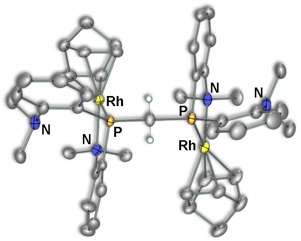
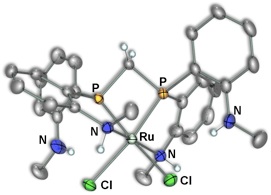


Lindsay has synthesized mono– and diphosphines bearing one or more amine functionalities and has used them to prepare mono– and binuclear complexes of rhodium which exhibit variable degrees of hemilability as a consequence of steric demand of the amines. Within the series of binuclear rhodium complexes, it is possible to tune the intermetallic separation (an important feature for metal–metal cooperativity) by exploiting transannular steric or hydrogen–bonding interactions (Figure 1).

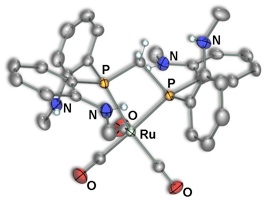
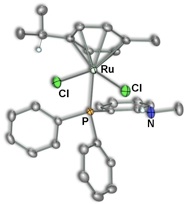
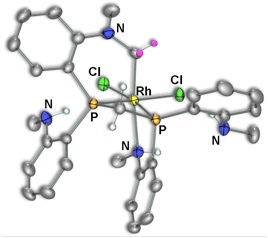


Using a novel ortho–phosphinoaniline, Lindsay has also discovered an example of a dimeric rhodium complex capable of double aliphatic carbon–chlorine bond activation (Figure 6) and further applications of hemilabile complexes to halocarbon manipulations are under current investigation.

